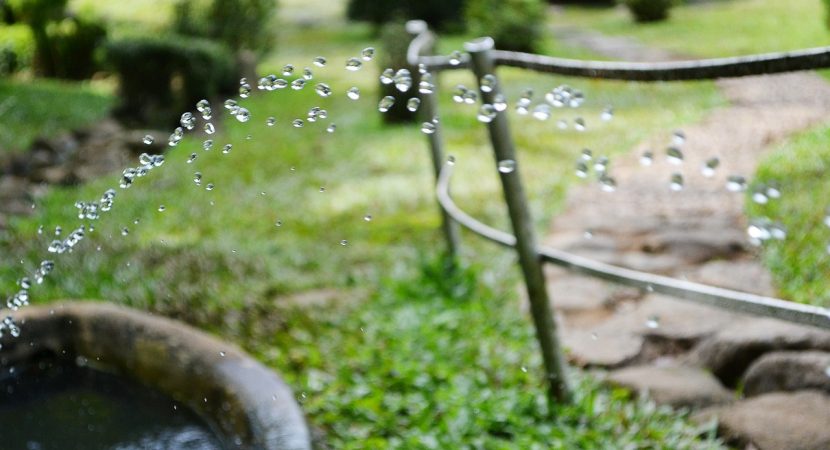Last Updated on
Owning and maintaining a garden at home brings a number of benefits for the family. It can become a snack or meal provider, a relaxing hobby, and a source of shade and fresh air. However, it’s common for people to waste water while they’re tending to it. You can have a healthy garden while still saving water and reducing your negative environmental impact. Here are some suggestions that you can follow.
Get Suitable Plants
You might have a certain selection of trees, vegetables, herbs, and other plants in mind as you coming up with the layout of your garden. But have you thought of whether they’re native to your area or not? Local species are well-suited to the temperature, humidity, and the soil where you are, so their consumption of water matches it well too. They can also contribute positively to the ecosystem and can even help local animals thrive. Get an expert in plant and tree care in Lehito help you know which ones are best.
Maximize Mulch
From nature comes one of the ways in which you can save water, and that is mulch. It works by helping keep the moisture in the ground and keeps it and the plants from drying out and heating up quickly. It also helps kill weeds that are starting to grow by preventing sunlight from reaching them. You can choose between more organic mulch material such as fallen leaves and grass cuttings and the commercially made ones. The natural type can also serve as fertilizer for your plants.
Utilize Rainwater
Instead of relying completely on service water, you can also start collecting rainwater and using it on your plants. There are tanks available that you can install on your property; use these to gather the runoff. You would also have to purchase filters for them, but that would be a minor inconvenience. You’ll be able to save on water as well as the money that you use to pay for it. Not to mention that you’ll have some water to use in case you experience a shortage.
Use Water-Saving Installations
You can still save water even when you’re using your home’s own supply, and you can’t limit the amount too much. There are devices, such as taps, hoses, and heads that are designed for conserving the resource. If yours aren’t those kinds of models yet, you might want to consider installing them. You can even go about it little by little so that the upgrades won’t ruin your budget in the process. While you’re at it, you can also try installing them within your home.
Your garden doesn’t need to suffer in order for you to save on water. You can be smart with your setup instead, while also adopting habits that contribute to conservation, such as turning off the taps when not in use, or watering plants when it’s cooler. When you’re wise with your water use, you can help the environment as well as your wallet.


Reply